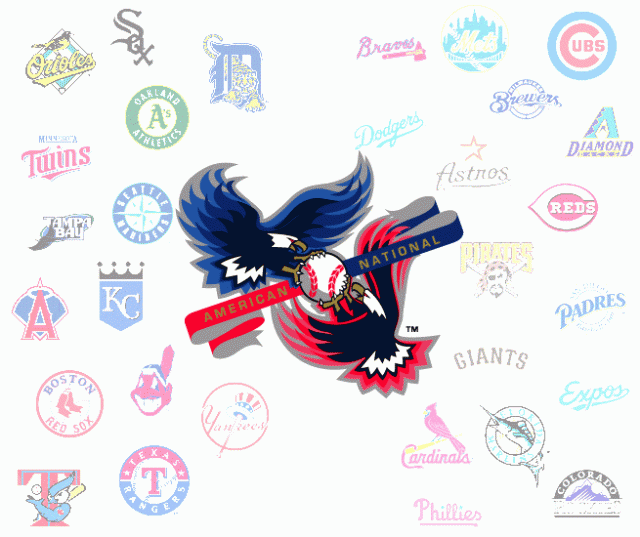
Interleague Dismay: Does One League Dominate This New Tradition?
The St. Louis Cardinals and San Francisco Giants may have won the past two World Series, but interleague play has been dominated by the American League since being introduced in 1997. Perhaps it’s the advantage of having a permanent designated hitter as opposed to a bench hitter. Perhaps AL teams just have higher budgets and more talented teams. Whatever the reasoning, the American League has owned the National League with a 2,003-1,825 record — good for a 52.32% winning percentage.
This trend has continued to rear its head in 2012 with the American League winning 55.17% (64-52) of the time entering today’s action. In fact, if you had bet every AL team, you would have earned +4.85 units this year and +99.27 units since the beginning of the 2005 season. However, that would involve betting on nearly 2,000 games and most bettors aren’t prepared to bet such a high number of contests.
So what are the sweet spots for betting interleague games? Do National League teams have an advantage in their home ballparks? Does a contrarian philosophy add value to your bet?
The tables below — using line information from Pinnacle — break down the prime places for betting on interleague games.
| Criteria | Record | Winning % | Units Won | ROI |
| AL Teams During Regular Season | 1045-839 | 55.47% | 99.3 | 5.3% |
| AL Teams at Home | 562-371 | 60.24% | 49.2 | 5.3% |
| AL Teams on the Road | 483-468 | 50.79% | 50.1 | 5.3% |
For most of the season, NL managers are accustomed to making double switches during games to work around having their relievers bat whereas AL managers never have to give a second thought. That alongside the obvious advantages (i.e. always receiving the last at-bat) does help National League teams improve their performance when playing at home as opposed to on the road. However, oddsmakers have accounted for these added benefits which explains why the return on investment (ROI) is identical even with a ten percent discrepancy in winning percentages.
| Criteria | Record | Winning % | Units Won | ROI |
| AL Teams as Dogs | 319-342 | 48.26% | 56.9 | 8.6% |
| AL Teams as Favorites | 588-380 | 60.74% | 36.2 | 3.7% |
| AL Dogs Receiving <40% | 179-195 | 47.86% | 41.6 | 11.1% |
| AL Favorites <40% | 48-27 | 64.00% | 13.8 | 18.4% |
A few things become obvious when looking at this chart. The first is that adding a betting against the public filter definitely enhances the value of betting on American League teams during interleague play. This added filter increased the return on investment 2.5% for underdogs at the 40% level while causing an incredible 14.7% upshot for favorites. However, based on the limited sample size I would caution bettors from getting over-excited by this trend.
What we can take away from this is that bias towards underdogs that tends to exist throughout the sports betting marketplace is once again exemplified.
| Criteria | Record | Winning % | Units Won | ROI |
| AL Teams During Regular Season | 1045-839 | 55.47% | 99.3 | 5.3% |
| AL Teams Receiving <49% | 387-377 | 50.65% | 72.52 | 9.5% |
| AL Teams Receiving <30% | 123-132 | 48.24% | 33.26 | 13.0% |
This table is meant to demonstrate the value of simply fading the public on interleague games. You will notice that it is profitable to bet on every American League team, however as we become more and more selective and begin dropping the public betting percentages, the units earned wanes but the return on investment continues to escalate.
With a very basic and minimal contrarian approach, you would win just over half of your games, but because this system would often take underdogs, you would earn an impressive 9.5% ROI. When you drop that public betting percentage to 30% — which is typically a key number for betting against the public — the number of games which fit the criteria drops sharply, as do the units earned. However, the expected return on investment is nearly 4% higher.
We will continue to monitor these trends and look for any shift in pricing. It will be especially interesting to see whether oddsmakers begin to shift their lines toward American League ballclubs as they continue to dominate interleague play.
* All betting percentages represent Sports Insights’ Betting Trends data.

No Comments